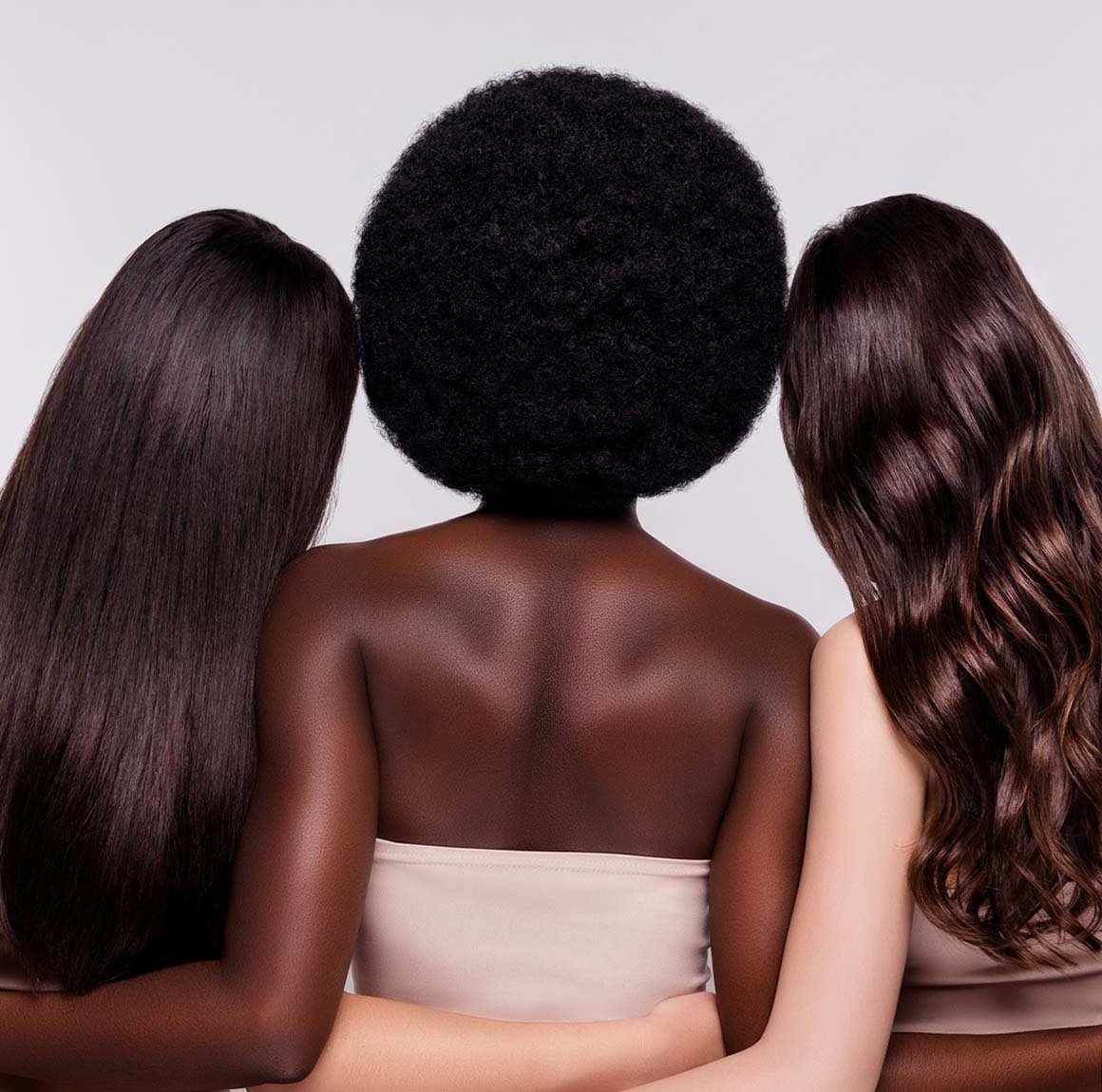The shower—a place of relaxation, cleansing, and sometimes, a bit of concern. Many of us have experienced the sight of loose hair strands accumulating in the drain after a good wash. But what is considered a “normal” amount of hair loss during this daily ritual, and when should we start paying closer attention? In this in-depth exploration, we will dissect the intricacies of hair shedding in the shower, distinguishing between what’s considered a part of the natural cycle and when it might be a signal of something more serious. From the science behind hair shedding to practical tips on minimizing it, let’s unravel the mysteries surrounding this common yet often perplexing phenomenon.
1. How Much Hair Loss Is “Normal” In The Shower?
1.1 The Natural Hair Growth Cycle
Understanding the Natural Hair Growth Cycle
Before we unravel the intricacies of hair loss in the shower, let’s take a fascinating journey into the natural hair growth cycle. Our locks, like nature itself, undergo a continuous process of renewal and transformation. This cycle consists of three main phases: anagen, catagen, and telogen, each playing a crucial role in the life of a hair strand.
Anagen Phase (The Growth Stage)
The anagen phase is the dynamic period of growth. It’s during this stage that cells in the hair follicles rapidly divide, creating the hair shaft that emerges from the scalp. This phase can last anywhere from two to seven years, and the duration is largely determined by genetics. The longer the anagen phase, the longer the hair can grow.
During this time, your hair is actively growing, and you might notice changes in length. This is the phase where your hair gets the nutrients it needs to thrive, and it’s a testament to the body’s intricate mechanisms for maintaining healthy locks.
Catagen Phase (The Transitional Stage)
As the anagen phase concludes, the catagen phase begins. This is a brief transitional period that lasts for approximately two weeks. During catagen, the hair follicle undergoes a series of changes. The active growth stops, and the outer root sheath shrinks and attaches to the root of the hair, forming what is known as a club hair.
While no significant growth occurs during this phase, it’s a necessary step before the hair moves into the resting stage.
Telogen Phase (The Resting Stage)
Now, we arrive at the telogen phase, often referred to as the resting or shedding stage. This phase lasts for about three months. During telogen, the hair is no longer actively growing but remains attached to the follicle. Approximately 10-15% of our hair is in this phase at any given time.
It’s crucial to note that shedding primarily occurs during the telogen phase. As new hair begins to grow beneath the club hair from the previous phase, the old hair is pushed out. This natural shedding is a sign that the hair follicles are making room for new, healthy strands.
The Intricate Dance of Renewal
Understanding this cyclical dance of growth, transition, and rest allows us to appreciate the intricacies of our hair’s lifecycle. Hair shedding during the telogen phase is a normal and essential part of this process. It signifies that your hair is continually renewing itself, making way for new strands to emerge.
So, the next time you notice a few strands in the shower drain, remember—it’s a testament to the perpetual journey of renewal that your hair undergoes. Embrace the natural rhythm, and let your locks flourish in their ever-evolving cycle of growth and beauty.
1.2 The “Normal” Amount of Shedding
What to Expect:
It’s estimated that individuals can shed anywhere from 50 to 100 hairs per day. This shedding is a fundamental part of the hair renewal process and is generally considered within the realm of normalcy.
2. Hair Shedding Vs. Hair Loss

2.1 Drawing a Distinction
Hair Shedding:
Shedding is the natural release of hairs that have completed their life cycle. These hairs typically have a white bulb at the end, signifying they have naturally fallen out.
Hair Loss:
Hair loss, on the other hand, refers to a more prolonged reduction in hair density. It may be linked to various factors, including genetics, hormonal changes, or underlying health issues.
2.2 Identifying Abnormal Signs
When to Be Cautious:
While some shedding is normal, an increase in daily hair loss, especially if coupled with changes in scalp health or overall well-being, may warrant a closer look.
3. When To Be Concerned
3.1 Triggers for Excessive Hair Loss
Common Culprits:
Various factors, such as hormonal changes (like those during pregnancy or menopause), nutritional deficiencies, stress, and certain medications, can contribute to heightened hair shedding.
3.2 Recognizing Warning Signs
Red Flags:
Persistent hair loss, visible thinning, or the emergence of bald patches may be indicative of underlying health issues. Seeking advice from a healthcare professional becomes crucial in such cases.
4. How To Reduce Hair Shedding
4.1 Adopting Gentle Hair Care Practices
Mindful Washing Techniques:
Opt for a more delicate approach during your washing routine, avoiding vigorous rubbing and choosing a sulfate-free, nourishing shampoo.
Product Recommendation:
Consider the Moroccanoil Moisture Repair Shampoo. This sulfate-free option cleanses and conditions without compromising hair health.
Purchase Platform: Available on [Moroccanoil’s Official Website]
4.2 Indulging in Nourishing Hair Treatments
Hydration Is Key:
Regularly treat your hair to deep conditioning sessions to maintain moisture and reduce the risk of breakage.
Product Recommendation:
Explore the reparative benefits of the Olaplex No. 3 Hair Perfector, a treatment known for its strengthening and breakage-reducing properties.
Purchase Platform: Find it on [Sephora]
4.3 Ensuring Balanced Nutrition

Essential Nutrients:
A well-rounded diet that includes essential vitamins and minerals—especially iron, zinc, and biotin—contributes significantly to maintaining healthy hair.
Product Recommendation:
Consider supplementing with the SugarBearHair Women’s Multi-Vitamin, a formula tailored to promote hair-friendly vitamins.
Purchase Platform: Find it on [SugarBearHair’s Official Website]
4.4 Managing Stress Effectively
Mind-Body Connection:
Recognize the impact of stress on overall well-being, including hair health. Incorporate stress-reducing practices such as yoga, meditation, or deep breathing exercises into your routine.
The Final Takeaway
Experiencing a certain amount of hair shedding during your shower is generally considered a normal part of the hair growth cycle. However, understanding when shedding crosses the line into excessive territory and addressing potential underlying causes is crucial. Maintaining a holistic approach to hair care, including a healthy lifestyle, nourishing hair care products, and addressing any underlying health issues, can contribute to reducing hair shedding and promoting overall hair health. Remember, the journey to healthy hair involves a combination of internal and external factors. Embrace your locks, and let them thrive in their natural glory.












+ There are no comments
Add yours